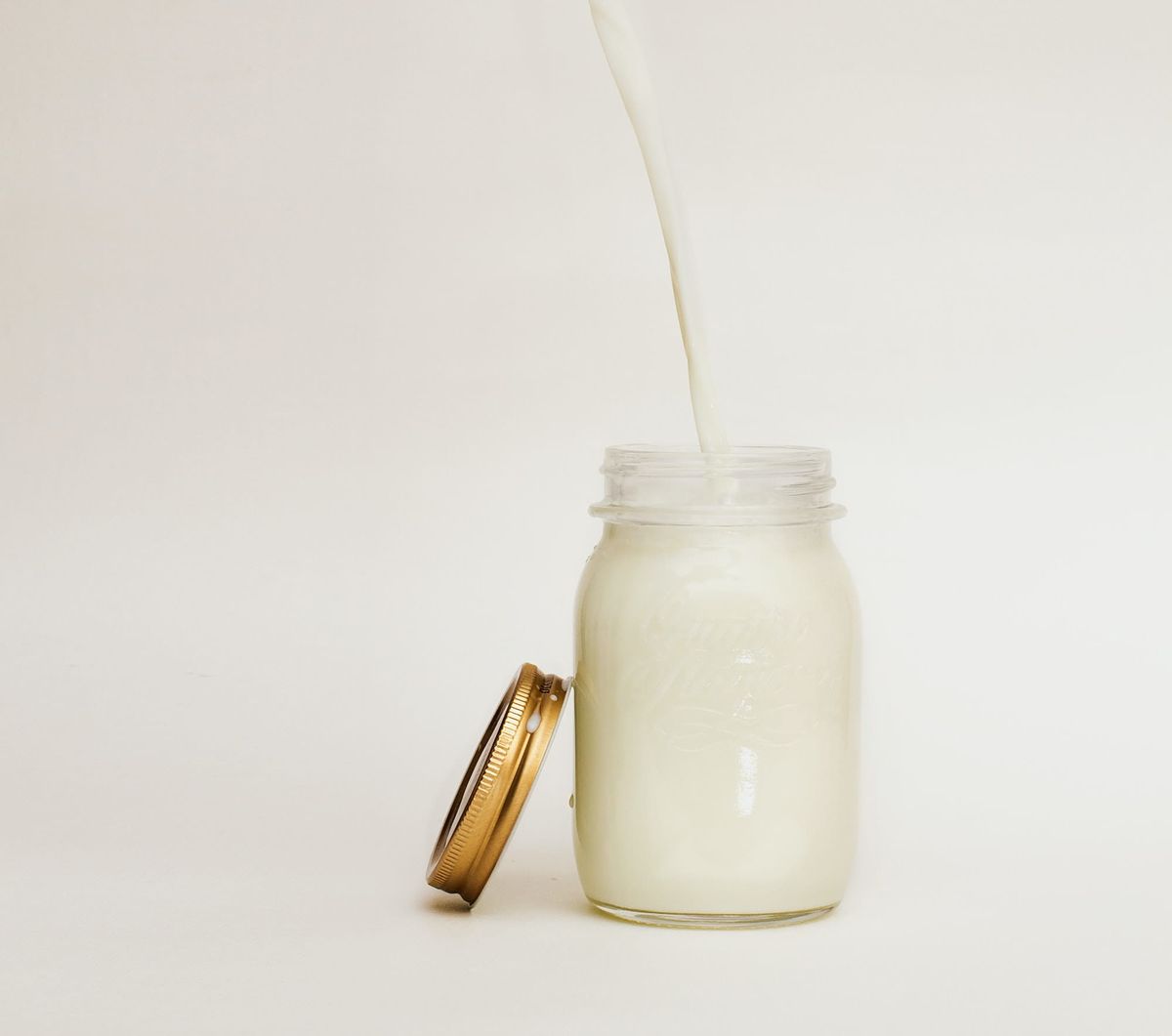Sheep's Milk: Importance, Quality, and Uses
Currently, in several first-world countries (United States, England, Australia, France, Italy, and Spain) sheep's milk products (cheese, yogurt, and ice cream) are in great demand due to their rich flavor and nutritional value.





